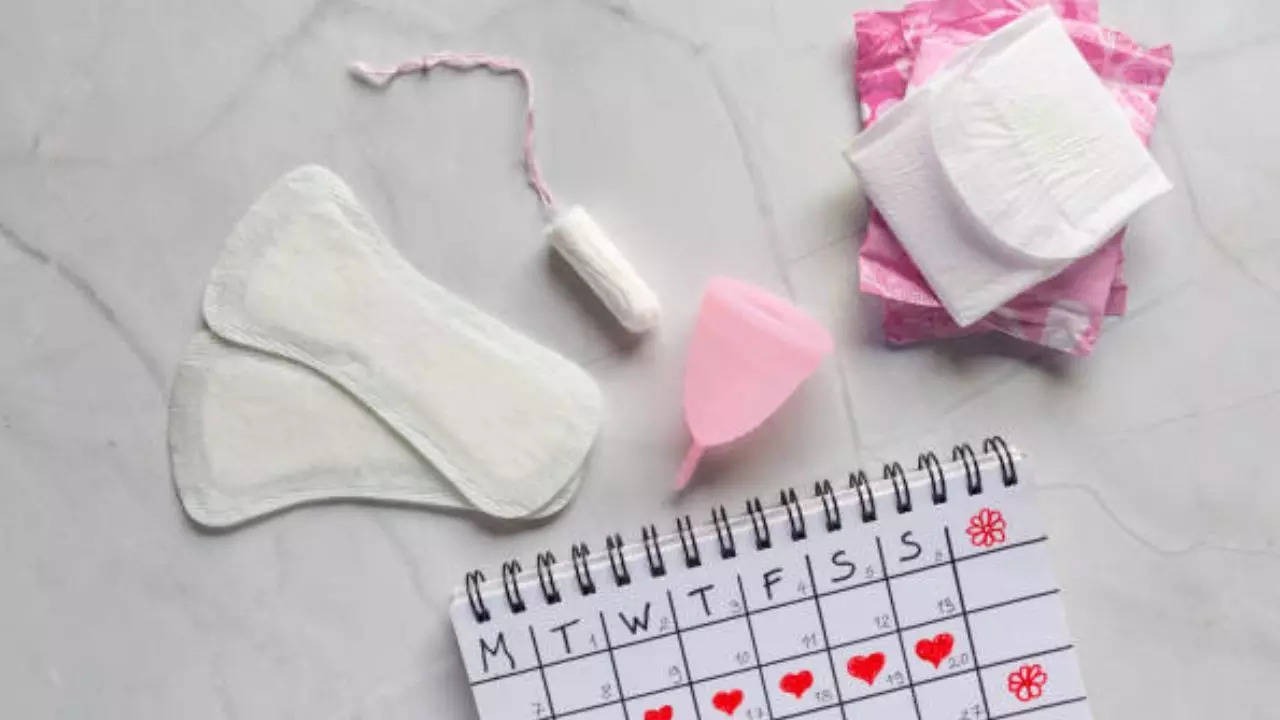
Menstrual hygiene products like tampons and menstrual cups have made periods easier to manage, but many women worry about infection risks. While both are safe when used properly, improper use can lead to health complications.
We spoke with Dr. Manisha Arora, Director and Unit Head - Obstetrics and Gynaecology at Max Super Speciality Hospital, Gurugram, who shared essential safety tips to help you make an informed choice.
Tampons: Can They Cause Infections?
Tampons are made from absorbent materials like cotton and rayon, which help prevent leaks. However, they also absorb natural vaginal secretions, which can disrupt the pH balance, causing dryness, irritation, and infections.
One major concern with tampons is Toxic Shock Syndrome (TSS)—a rare but serious bacterial infection caused by Staphylococcus aureus. This can occur if tampons are left in too long, allowing bacteria to grow.
Safe Usage Tips for Tampons
Use tampons with the lowest absorbency for your flow.
Change tampons every 4-6 hours (never exceed 8 hours).
Wash hands before inserting or removing a tampon.
Avoid using tampons overnight to reduce risks.
Never use scented tampons, as they can cause irritation.
Dr. Arora warns: "Prolonged tampon use can lead to infections, bad odours, and serious health risks like TSS."
Menstrual Cups: A Safer, Eco-Friendly Choice?
Unlike tampons, menstrual cups collect blood instead of absorbing it, which helps maintain vaginal moisture balance and reduces dryness and irritation.
Made from medical-grade silicone or rubber, menstrual cups are reusable and eco-friendly, making them a popular choice.
Safe Usage Tips for Menstrual Cups
Choose the right size:
- Small – For single women
- Medium – For married women
- Large – For women who have given birth
Wash hands before inserting or removing the cup.
Empty and clean the cup every 6-12 hours.
Sterilize the cup after each cycle for hygiene.

 Desk
Desk Share
Share






